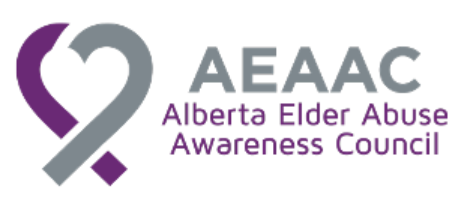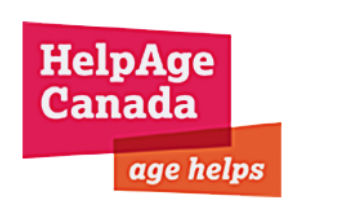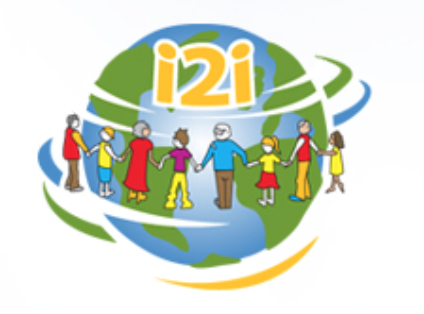Stay involved. Know your rights.
Abuse can happen to people of all ages from all walks of life. By staying involved with people and activities, you are less likely to be abused. Staying active and involved also helps you stay healthy.
These are some things you can do to look after your well-being:
- Stay connected. Be in regular contact with people who support you and respect your decisions.
- Get involved. Find places in your community that offer activities and events where you can meet people.
- Reach out to others. Help to make a more caring community.
- Have fun. Do things that give you enjoyment, strength, and comfort.
- Stay physically active. Keep moving. Eat regularly and well.
- Pay attention to your finances. Be involved in and aware of what is happening with your money and belongings. Protect your right to make your own decisions.
- Get support. If you feel depressed, talk to a friend, faith leader, or social service agency in your community. You don’t have to be alone with problems. Ask for help.
Remember…
You have a right to be treated with respect.
You have a right to be safe.
You have a right to make your own choices.
Challenge ageist attitudes
Our attitudes about aging can make us more vulnerable to abuse and more likely to behave abusively.
The word "ageism" refers to attitudes and beliefs that cause people to treat older adults as if they were less important or less valued just because they are older. These attitudes are a factor in abusive situations because they allow people to believe it’s acceptable to ignore or control the older person. Ageist attitudes can also prevent people from recognizing and responding to the problems of older adults—including signs of abuse or neglect.
Discriminating against people because they are older (or younger) is wrong. We have a shared responsibility to challenge ageist attitudes wherever we see them—both in ourselves and in other people.
What you can do about ageism
- Identify the myths and misinformation
Recognize the myths about aging and negative attitudes about older adults. Start challenging the myths.
- Go beyond the stereotypes
A label like "elderly" or "senior" does a poor job of describing a person. These labels do not tell us whether the person is kind or uncaring; healthy or sick; mentally capable; or a reliable or unreliable worker or volunteer. Labels do not tell us about the person’s capacity for friendship or creativity or accomplishment. We de-personalize older adults by referring to them generically as "the elderly" or "our seniors." So…
- Recognize people as individuals.
- Acknowledge things that limit a person’s abilities; but also recognize ways in which the person is not limited.
- Learn more about positive aging
The better informed we are about aging and what to expect, the better able we are to evaluate and resist many of the inaccurate and negative stereotypes of aging. So…
- Get informed about physical, mental, social, sexual, and financial health for older adults.
- Promote positive attitudes about aging and about the contributions of older adults to our society.
- Learn more about ageism and discrimination
It is common for older adults to face discrimination in housing, health, and other key services. Older adults are sometimes treated as burdens on services. They may be refused services based on their age or on assumptions about their needs and abilities. So…
- Learn to recognize when "neutral" policies aren’t neutral.
- Recognize how ageism intersects with other "isms", such as sexism or racism.
- Listen to older adults who have experienced ageism. They are in the best position to tell us how ageism affects their lives.
- Speak up
When ageism and age discrimination go unchallenged, it gets harder to notice and easier to perpetuate. People assume it is acceptable to act this way. So…
- When someone you know uses ageist language or images, tactfully point out the inaccuracy. Educate them about alternatives.
- When someone ridicules an older adult, tells a belittling joke, or makes disrespectful comments, let them know that you are an advocate for positive aging, and that you find the comments offensive and harmful.
- Pay attention to how older adults are portrayed in the media. When you see or hear a negative stereotype, speak up. Write a letter or e-mail to the editor, sponsor, or producer.
- Build intergenerational bridges
- Ageism thrives on ignorance. People who don’t have contact with others who are older or younger than themselves are more likely to believe the negative stereotypes. So…Reach out. Meet people of all ages and experiences.
- Share stories, ideas, and skills—one-to-one and in groups. We all have things to teach and learn.
- Embrace common causes that widen your circle and strengthen you community.
- Get connected
Ageism is everybody’s business. So…
- Learn about professional associations, community groups, and other organizations that address ageism and promote positive aging. Get involved.
- Become a member of the Canadian Network for the Prevention of Elder Abuse. It’s free. Join here.
















